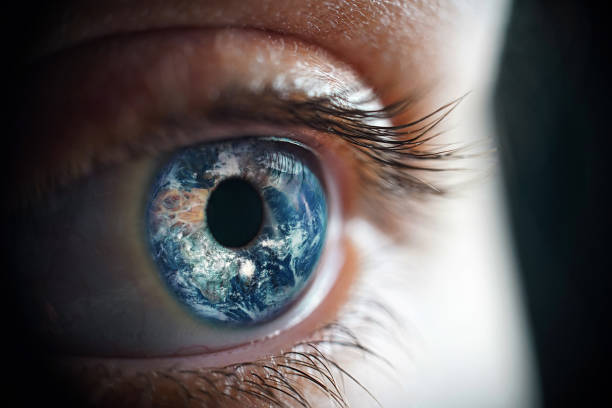
When people think about climate change, they often focus on rising sea levels, extreme weather, and global health threats. But few realize that climate change can also impact eye health in ways that are becoming increasingly important for optometrists and patients alike.
Environmental Factors That Affect Vision
Increased UV Exposure
As the ozone layer thins, people are exposed to higher levels of ultraviolet (UV) radiation. Prolonged UV exposure increases the risk of cataracts, pterygium (growths on the eye), and even eye cancers.Air Pollution
Higher levels of pollutants in the air can irritate the eyes, worsen dry eye syndrome, and increase the risk of conjunctivitis. Urban areas with smog and dust are particularly concerning.Allergens and Longer Allergy Seasons
Climate change has extended pollen seasons, triggering allergic conjunctivitis in more patients for longer periods each year.Rising Temperatures and Eye Infections
Warmer conditions can promote the growth of bacteria and fungi, raising the risk of corneal infections, especially in contact lens wearers.
Protecting Your Eyes in a Changing Climate
Always wear UV-protective sunglasses outdoors.
Keep artificial tears on hand to manage dryness.
Stay indoors on high-pollution days or use protective eyewear.
Replace contact lenses regularly and follow proper hygiene.
Schedule regular eye exams to catch climate-related eye issues early.
Final Thoughts
Climate change is more than an environmental issue—it’s a public health challenge that includes vision. By staying informed and taking preventive measures, we can help protect our eyes and prepare for the challenges ahead.









